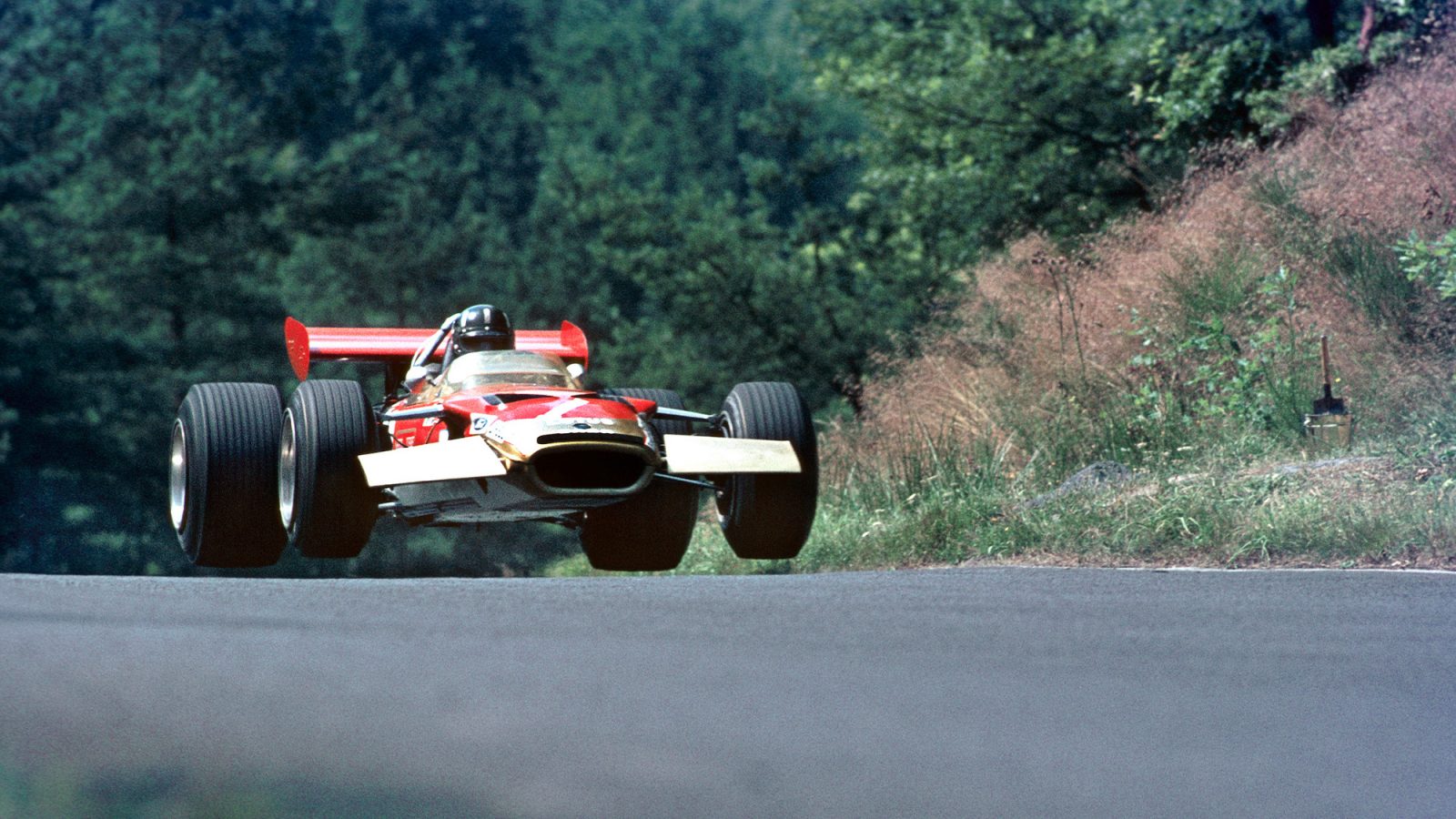On 7 April 1968, Jim Clark crashed during the Deutschland Trophae European F2 Championship race at Hockenheim. The cause is still something of a mystery but the man who had set the Formula 1 pace for six years was dead. Motor racing was sent into a state of shock and then the deaths of Ludovico Scarfiotti in a hillclimb, Mike Spence during practice at Indianapolis and Jo Schlesser during the French Grand Prix further compounded a black year for the sport.
The responsibility for lifting the Lotus team after Hockenheim was grasped by Graham Hill, who won the next two GPs and would eventually become World Champion for a second time. Lotus also gave Mario Andretti his first chance in F1 at Watkins Glen, where the young Indycar star responded by qualifying on pole position for his debut.
The Ford Cosworth DFV was now widely available, and both McLaren and the Ken Tyrrell-run Matra team both recorded their first wins using the engine. Bruce McLaren scored his team’s maiden victory at Spa-Francorchamps while his new team-mate and reigning champion Denny Hulme added two more to finish third in the championship. Jackie Stewart was reunited with his former F3 boss Ken Tyrrell and won three races to challenge Hill until the final event of the season. In addition, Jo Siffert – driving a Lotus 49 for Rob Walker – and Ferrari’s Jacky Ickx each recorded their first GP victory.
The most visible technical development was the introduction of high aerodynamic wings, which increased cornering speeds by improving downforce. So often the innovators, Team Lotus brought Indianapolis-style commercial sponsorship to F1 in 1968, repainting its cars red and white in deference to Gold Leaf cigarettes. Ironically, the arrival of visible sponsorship came immediately after Jim Clark’s final race and victory in the South African season-opener – truly a changing of eras.

